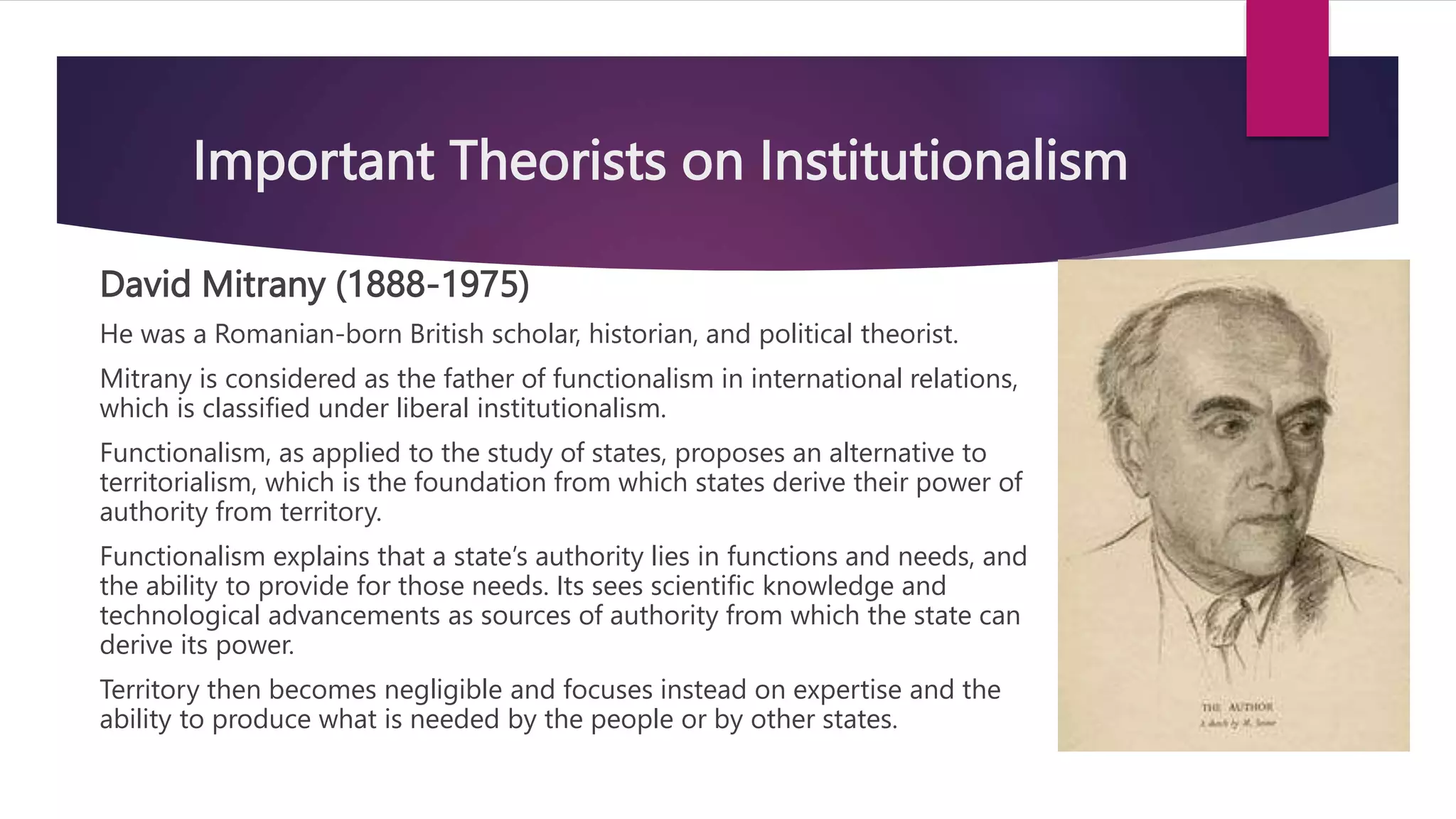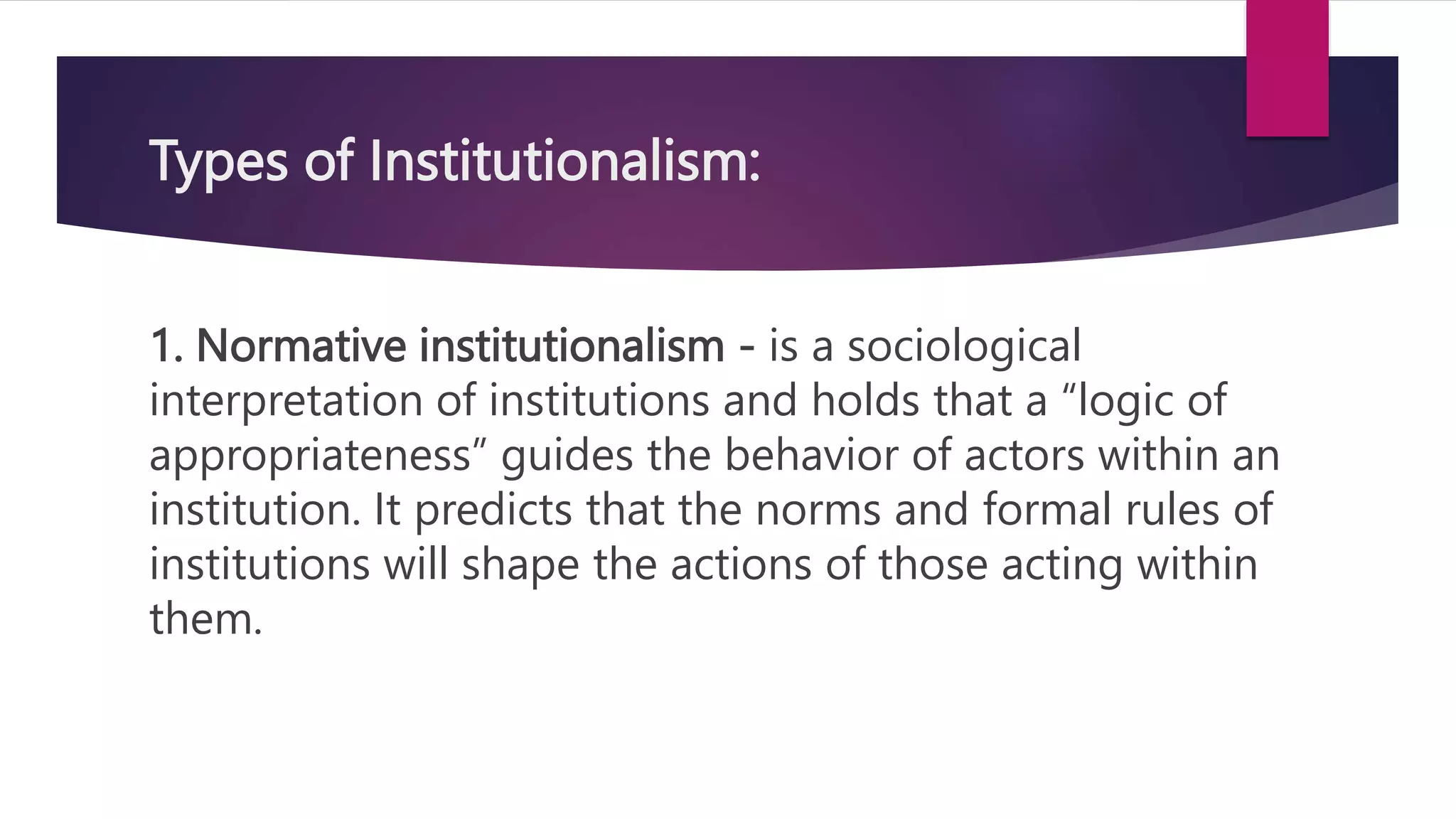Here are examples of formal and informal institutions:
1. Formal: Constitution, laws, policies, regulations
2. Informal: Social norms, traditions, attitudes
3. Formal: Government, state agencies
4. Informal: Family, community groups
5. Informal: Religious beliefs, cultural practices
6. Formal: Educational system, legal system
7. Informal: Language, values, beliefs
8. Both: Marriage, property rights
9. Both: Economic system, political system
10. Informal: Codes of conduct, social networks



















